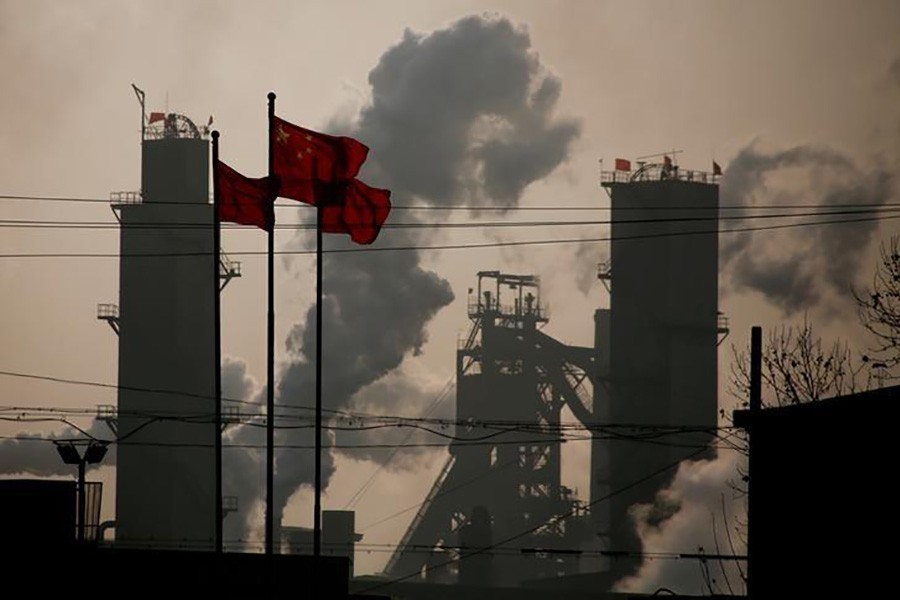The cleaning up of 'zombie enterprises' is on the top of China's priority list, as part of a new economic plan cited in the annual Central Economic Work Conference in 2018. The country has set a plan to eliminate thousands of insolvent zombie companies by 2020. Chinese President Xi Jinping said, "[We] must increase our efforts to appropriately handle the problems associated with zombie companies."
Though there is no unique definition for zombie firms, Chinese zombie companies have been defined as state-owned enterprises (SOEs) labelled with unprofitable, indebted or debt-laden, bankrupt, and inefficient companies. Chinese State Council articulates zombies as such companies characterised with three years of cumulative losses, non-fulfilment of environmental and technological standards, non-alignment with national industrial policies, and heavy dependency on government or bank support.
The question arises: Why China has stepped up efforts to shut down zombie companies in the most recent years? One of the major reasons behind China's firm determination for rooting out zombie companies is debt vulnerability. Declining profit with low productivity and inefficiency are the major causes behind such debt venerability. The zombie factories have failed to generate sufficient revenue to repay their debts from Chinese SOEs. It can be mentioned that nearly half of zombie companies' debt is involved with SOEs. Burdened by debt, these companies have also been found to be creating problems for China's industrial heartland over the past few years.
As far as the issue of corporate vulnerabilities is concerned, based on the data of 2016, the International Monetary Fund (IMF) found that zombie companies accounted for 5.0 to 9.0 per cent of China's total corporate debt. According to Chinese Ministry of Finance, as of the end of December 2018, China's SOEs had $17.14 trillion in total debt, which was an increase of 8.1 per cent from 2017.
As per the policy of overcapacity reductions, closing such companies with overcapacity is one of the top tasks of China's "supply-side structural reform" (SSSR) strategy under the "new normal" economic model. The shutting down or scaling back of zombie enterprises include the industries of steel, coal, aluminium, cement, plated glass, papermaking, and non-ferrous metals.
For example, more than 50 million metric tons of steel production has been reduced in 2018 alone as per the targeted amount. The country also eventually cut down on 250 million metric tons of coal production in the same year. This was beyond the target of shutting down at least 150 million metric tons of coal production facilities. Therefore, in order to meet the target of suspension or postponement of the construction or the elimination of no less than 50 million kilowatts, China cut 65 million kilowatts of coal-fired power generation capacity.
In addition, under China's new reform policy, the country has set the vision of high quality manufacturing and stronger domestic market by fostering new technologies and generating new industrial clusters. In this regard, China seeks to raise productivity, improve the efficiency of SOEs, and turn them into fully independent market entities.
China's National Development of Reform Commission (NDRC), the Ministry of Industry and Information Technology along with the Ministry of Finance and other departments, mentioned bankruptcy liquidation, debt clarification, and debt restructuring as the possible ways of dealing with unprofitable zombie companies. As far as the risk of unemployment and political instability is concerned, NDRC has ordered local governments to make broker deals between zombie firms and their creditors in order to guarantee the smooth disposal process of these zombie firms.
Sultana Yesmin is a PhD Candidate, School of Politics and International Studies, Central China Normal University (CCNU), Wuhan, Hubei, China.


